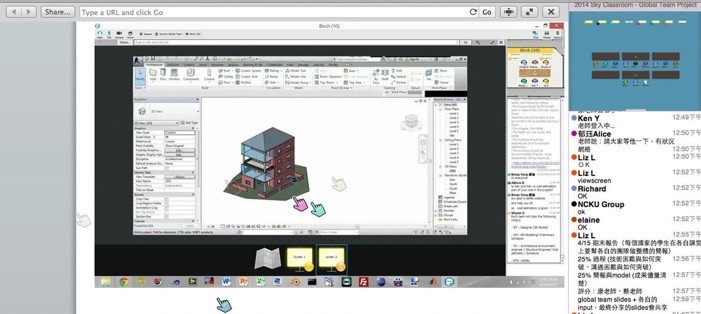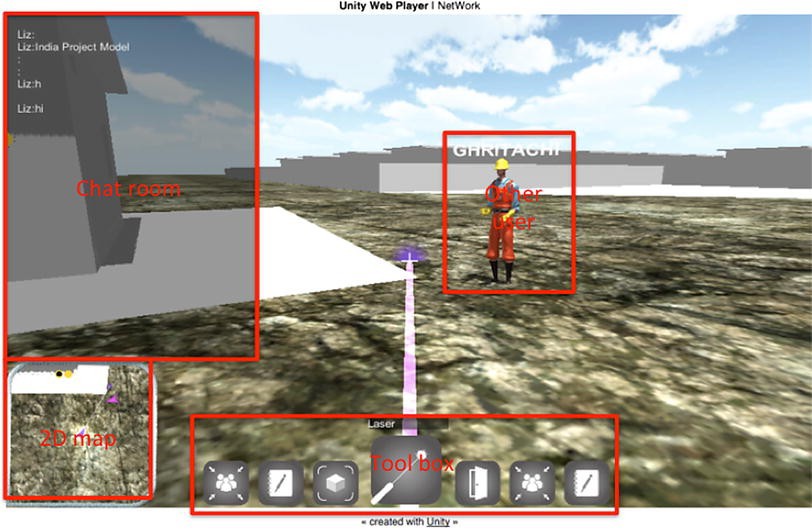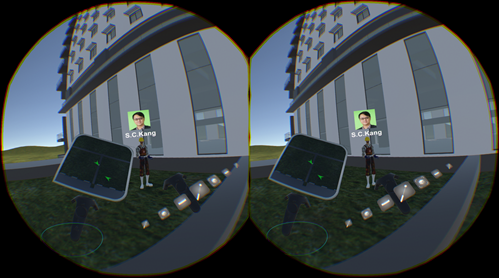Sky Classroom: Global Team Project and Virtual BIM Reviewer
Global collaboration is the major trend in the architecture, engineering, and construction industry. Training in global engineering collaboration thus is highly demanded in existing engineering education. One approach to this training is to expose students to sufficient experiences, such as having them participating in a global project-based course. To do this, we participated in and co-designed a global project-based course, called Sky Classroom, from 2014 to 2016. The course aimed to teach global engineering collaboration skills and required international students to collaborate in the design of buildings. Participating students were from the University of Washington (UW), Washington State University (WSU), Indian Institute of Technology Madras (IIT-Madras), Twente University (TU), Yonsei University (YU), National Taiwan University (NTU), and National Cheng Kung University (NCKU). Each school is responsible for the school-specific module: Team Building/Facilitation, 3D Modeling, Schedule and 4D Modeling, Cost Estimate, and Structure Design. The goal of this course is to use BIM software to manage the project and students work together in the online collaboration platform. They will design a building that can be deployed to quickly rebuild temporary and permanent structures after a flood. The construction industry is often interdisciplinary, facing cultural differences, verbal communication, and other issues. This course trains students in advance to enable them to work in the future in the field, making them competitive in the workplace.

During the course, we identified three issues in the existing communication platform: low communicability, passive problem finding, and poor spatial cognition. Since the communication platform is the key factor in successful collaboration, we designed and implemented an appropriate platform, the virtual building information modeling (BIM) reviewer (VBR), to address these issues. VBR is an avatar-based communication platform that allows users to enter the BIM model and find problems from their perspectives. It was developed and continuously improved based on observations of students’ global collaboration behaviors and feedback in Sky Classroom. VBR has undergone two development phases with two virtual reality types, desktop-based and immersive. While the desktop-based VBR solves the issues of low communicability and passive problem finding, the immersive VBR solves the issue of poor spatial cognition, and the application of the VBR in Sky Classroom will solve the issues in the existing communication platform and assist students in collaboration, respectively.



